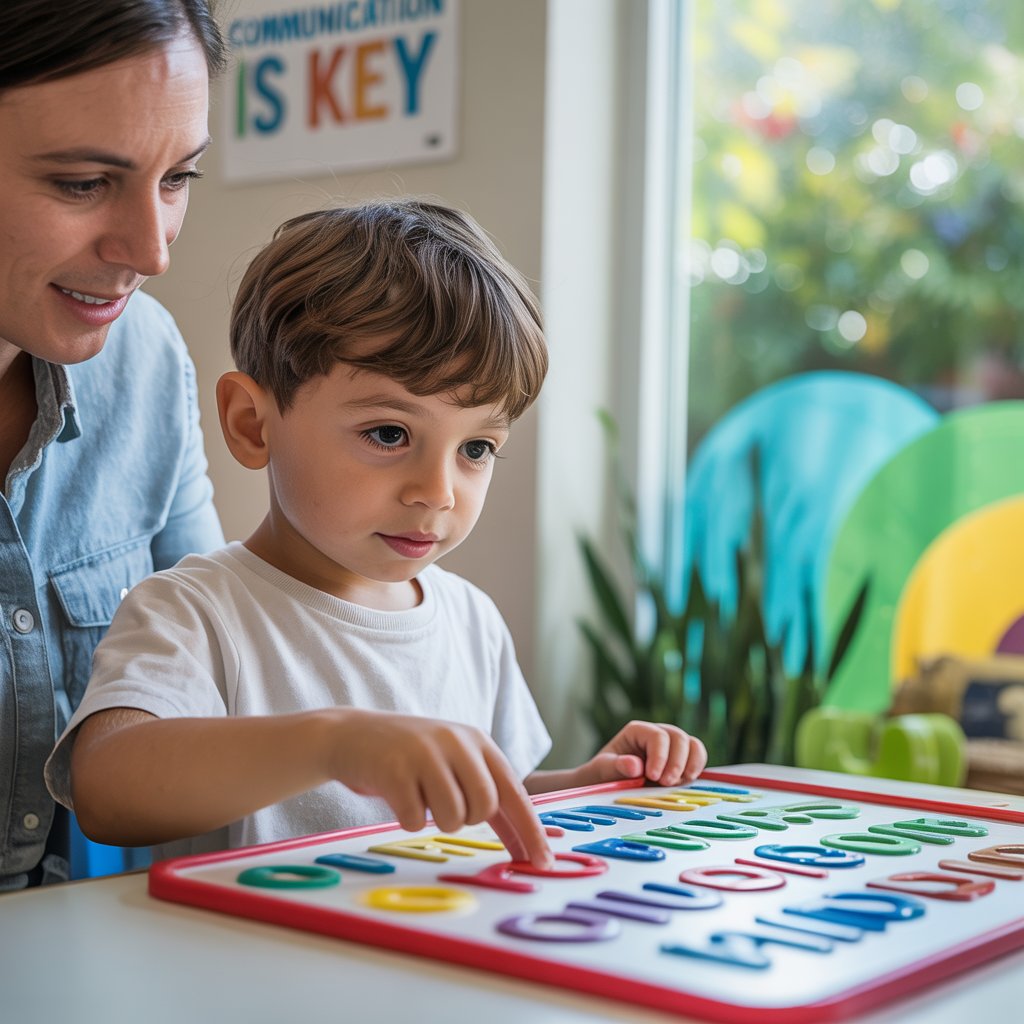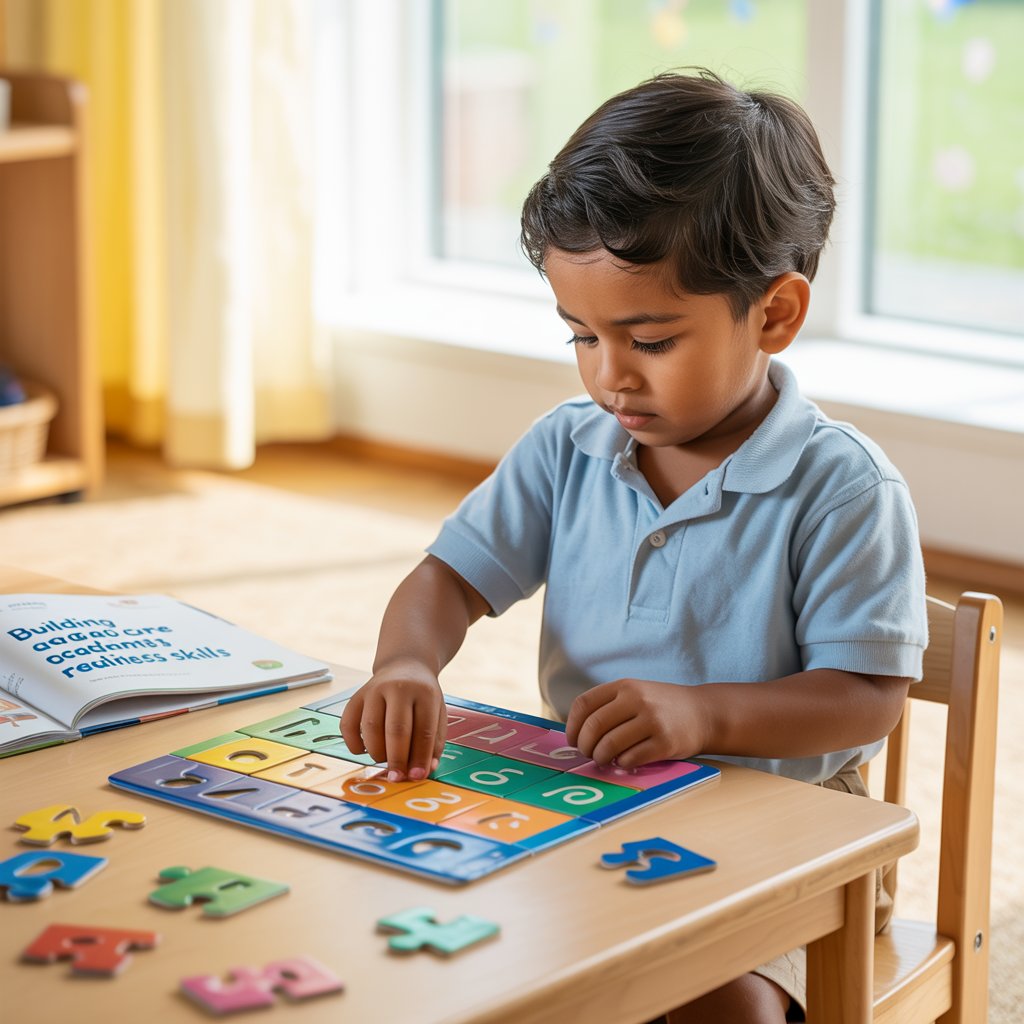Measuring Treatment Success in Autism

Defining realistic goals and expectations
Parents often set their hearts on massive overnight changes when treatment begins. But here's the truth—autism treatment isn't about "fixing" your child. It's about helping them thrive in their unique way.
The most successful families start with small, measurable goals:
- Making eye contact for 3 seconds during greetings
- Reducing meltdowns from daily to weekly
- Learning to request a favorite toy using words or pictures
Dr. Sarah Miller, developmental psychologist, puts it perfectly: "Think marathon, not sprint. Small wins compound dramatically over time."
Work with your treatment team to create a SMART goal framework:
- Specific: "Will say hello" vs. "Better communication"
- Measurable: Track frequency or duration
- Achievable: Within current capabilities
- Relevant: Meaningful to daily life
- Time-bound: Review progress every 4-6 weeks

Tracking developmental milestones and social progress
Tracking progress isn't just about checking boxes—it's about seeing the full picture of your child's growth.
Most parents find success with these tracking methods:
- Daily journal entries - Quick notes about interactions, new words, or behaviors
- Video documentation - Monthly recordings of your child in similar situations
- Skills inventory - Custom checklists based on your child's current abilities
Look beyond the obvious. Maybe your child still struggles with eye contact but has started sitting next to peers at lunch instead of alone. That's huge!
Smart parents create a shared tracking document that all caregivers, therapists, and teachers can access. This catches patterns that might be missed when everyone works in silos.
Quality of life assessments beyond symptom reduction
The real question isn't "Is the autism getting better?" but "Is my child happier and more engaged with life?"
Quality of life markers matter more than textbook milestones:
- Does your child show joy during family activities?
- Are they developing interests and preferences?
- Can they recover from disappointments more easily?
- Do they initiate interaction in their own way?
One mom told me: "I stopped obsessing over eye contact when I realized my son was finally excited to go to school every morning. That joy meant more than any therapy goal."
Consider tracking:
- Sleep quality
- Appetite and food variety
- Spontaneous communication attempts
- Self-regulation during transitions
- Play skills (even if unconventional)
When to consider adjusting treatment approaches
Treatment isn't set in stone. The best plans evolve as your child does.
Red flags that signal it's time for a change:
- Plateau longer than 2-3 months - Some plateaus are normal, but extended ones need attention
- Increasing frustration or resistance - Your child's emotional well-being always comes first
- New behaviors or challenges emerging - These might require different approaches
- Family burnout - If the current regimen is unsustainable, it won't be effective
Don't wait for annual reviews if you see these signs. Request a team meeting to discuss adjustments.
Remember: changing course isn't failure—it's responsive parenting. Sometimes reducing therapy intensity actually improves outcomes by decreasing stress and increasing natural learning opportunities.
The most successful families view treatment as a flexible toolkit, not a rigid prescription. They're willing to try new approaches when needed and abandon what's not working, even if it's the "gold standard" treatment.







